Use cases
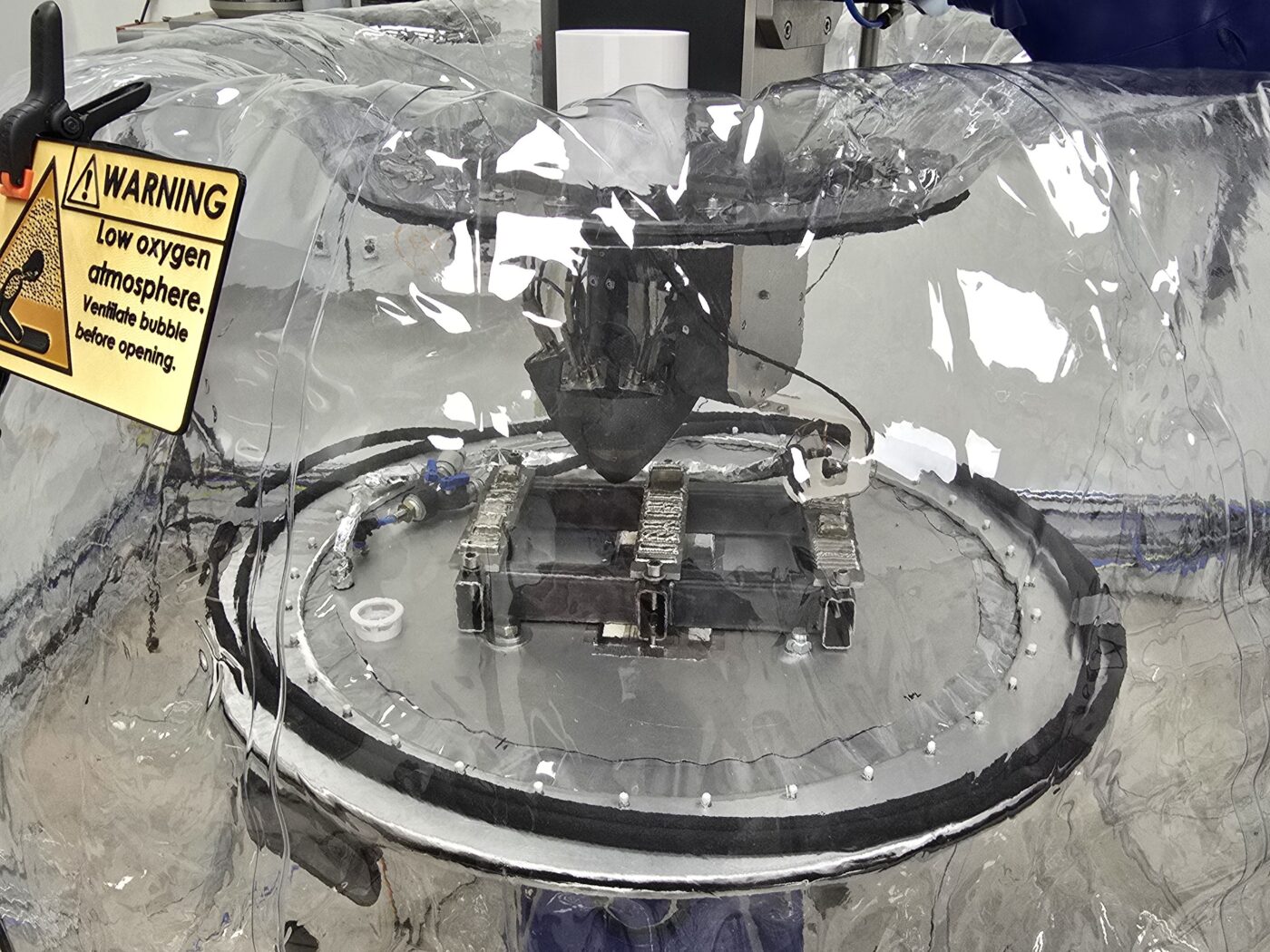
Case 1: DED-LB/W [Ti-6AL-4V] Compressor Case
The high-pressure compressor casing (HPC-case) is a critical component in aeroengines, designed to contain rare blade-off events and ensure flight safety. It must be strong, ductile, and capable of handling vibrational loads during windmilling. GKN is focusing on additive manufacturing to improve supply chain control and enhance EU competitiveness.
Challenges:
- Compensating deformations to enable a near net-shape as built component.
- Isotropic properties, by tailoring an equiaxed microstructure.
- Defects <100 µm to ensure the material integrity will satisfy the tight requirements in the aerospace industry.
Technology solutions:
- By using a priori simulation and adaptive multi-laser beam positioning a defect free & an equiaxed microstructure can be manufactured.
- By increasing the deposition rate the energy efficiency of the process will be improved, mainly due to less argon usage and less run time, not due to the lasers themselves.
- Enabling a transition to DED-LB/M manufactured HPC-cases for aero engines.
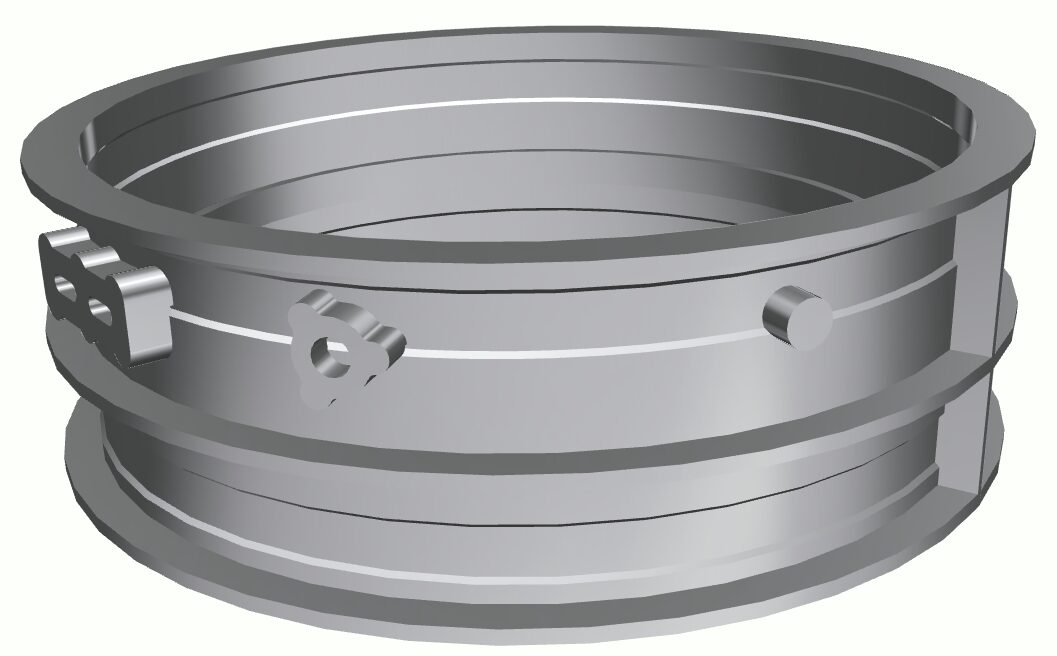
Case 2: DED-LB/P [Super duplex steel] Propeller
Propellers for maritime applications require precise design and manufacturing to meet safety and performance standards. Hybrid manufacturing, combining additive and subtractive techniques, offers benefits like improved efficiency, precision, and customization. Additive methods enable complex geometries for better performance, while subtractive processes ensure proper surface finishes. This cost-effective approach reduces the need for extensive post-processing. International standards, such as ISO 484-2, are followed to ensure quality and safety.
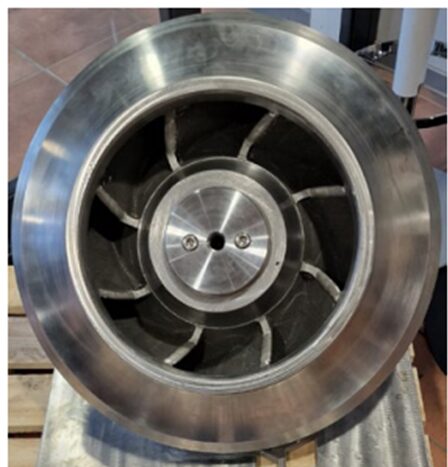
Challenges:
- Strong thermal stresses resulting from DED-LB/M of super duplex steel commonly result in geometrical deformations up to 5 mm for large components and cracking or delamination in critical areas.
- In standard DED-LB/M systems an increase in deposition rate results in an increase in the amount of material defects and thermal stresses as well as a decrease in the material properties.
- Super duplex stainless steel requires large austenite islands within a ferrite matrix, which generally is difficult to deposit using DED-LB/M technologies.
Technology solutions:
- The use of combined spatial and temporal adaptation of the laser beam could result in prevention of cracks and geometrical deformations < 2 mm.
- With the use of adaptive laser beam with higher control of energy input delivery at the right place and at the right time, it could be possible to increase the deposition rate while guaranteeing absence of cracks and a porosity < 0.2% which are essential to achieve the material properties required by ASTM B265.
- The integration of DED-LB/M in a hybrid manufacturing chain (additive + subtractive technologies) will allow an estimated reduction in manufacturing cost > 20% and a reduction in manufacturing time > 25%. Moreover, the hybrid manufacturing chain can be easily adapted to optimize costs, lead time, material wastes and/or energy consumption.
- Large propellers with a diameter up to 600 mm and a weight of 100 kg are milled from billets of 440 kg, resulting in 77.3% of material waste. With the use of DED-LB/M process the material waste would be < 40% considering a 30% material waste during the process itself and subsequent post-processing for geometrical accuracy.
- The manufacturing time and cost of different propellers geometries are highly dependent on the market availability of billet material, while with a hybrid manufacturing chain they are directly related to the part´s volume.
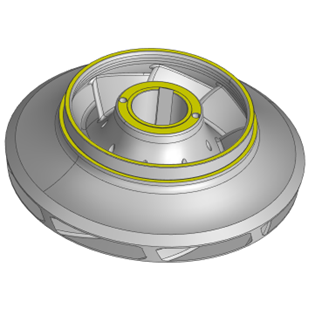
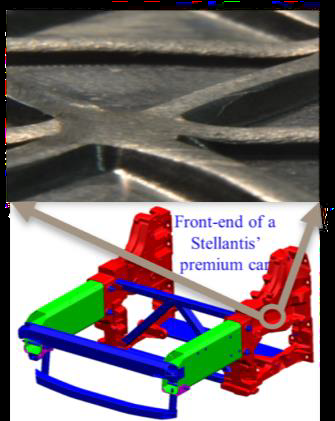
Case 3: DED-LB/M [AlSi10Mg]
As customer preferences shift, upgrading products extends their value and ensures environmental performance. The automotive industry will move towards flexible, sustainable options like mobility-as-a-service. Remanufacturing critical components, such as those for heavier batteries, will be essential. CRF will focus on remanufacturing to enhance sustainability, reduce lead times, and adapt to future needs.
Challenges:
DED-LB/M using powder as feedstock is a versatile process that enables component remanufacturing and can be quickly introduced into the current production line using existing robots. However, CRF faces the following challenges:
- Long process time (more than 15 min).
- High thermal distortion & low fatigue life.
- Microstructure inhomogeneities from the DED-LB/M process.
- Lack of repeatability.
- Sometime components have little difference to deal with different model request. The process would deal with this requirement.
Technology solutions:
- Long process time: Introducing an oscillating laser beam has been proven to improve the build rate of DED-LB/M by 40% and the powder efficiency by about 50%. In addition, we will use an adaptive system to further increase productivity by increasing the mean power of the laser, and lowering it whenever needed together with changing the scanning pattern.
- High thermal distortion & low fatigue life: High thermal stresses during production result in enhanced distortion and high residual stresses in the component. This can reduce the fatigue life of the component. Also, defects can reduce fatigue-life significantly. To minimize residual defect stresses and distortion, especially on thin sections, we will optimize the process a priori.
- Inhomogeneous microstructure: Controlling microstructure is one of ALABAMA’s key objectives. By generating optimal scanning paths, and performing a priori optimization, we will minimize component anisotropy.
- Lack of repeatability: In ALABAMA, we will introduce a closed-loop control system that monitors the melt pool using multi-spectral thermography. This system is capable of recovering process stability from slight deviations in laser positioning as well as feed rates.
